Optimal Timing for Sunroom Installations
Understanding the optimal timing for sunroom installations can enhance project outcomes and ensure proper construction conditions. Factors such as weather patterns, temperature ranges, and seasonal demand influence the best periods for installation activities.
Spring offers moderate temperatures and longer daylight hours, making it suitable for installation work and ensuring materials cure properly.
While summer provides ample daylight, high temperatures and humidity can pose challenges. Proper planning can mitigate delays.
Fall typically features cooler weather and less rain, which helps maintain construction schedules and reduces weather-related disruptions.
Winter may introduce cold temperatures and snow, potentially delaying installations and increasing costs due to weather-related factors.

Workers installing a sunroom during spring with clear weather and mild temperatures.
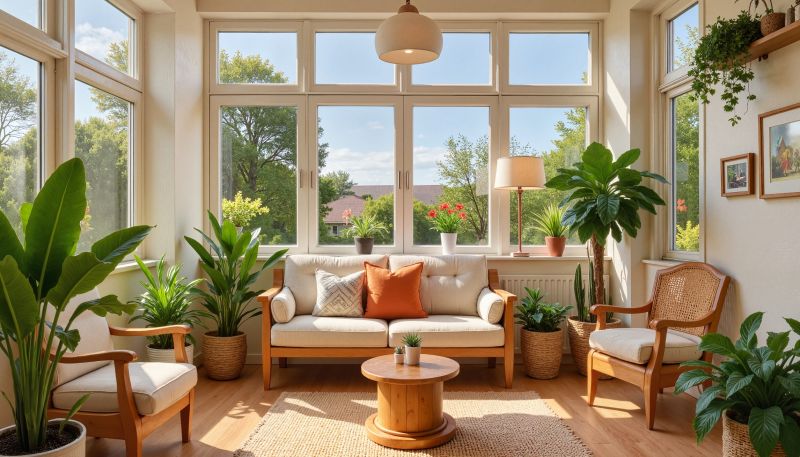
Construction activity amid warm summer conditions, highlighting the importance of planning around heat.
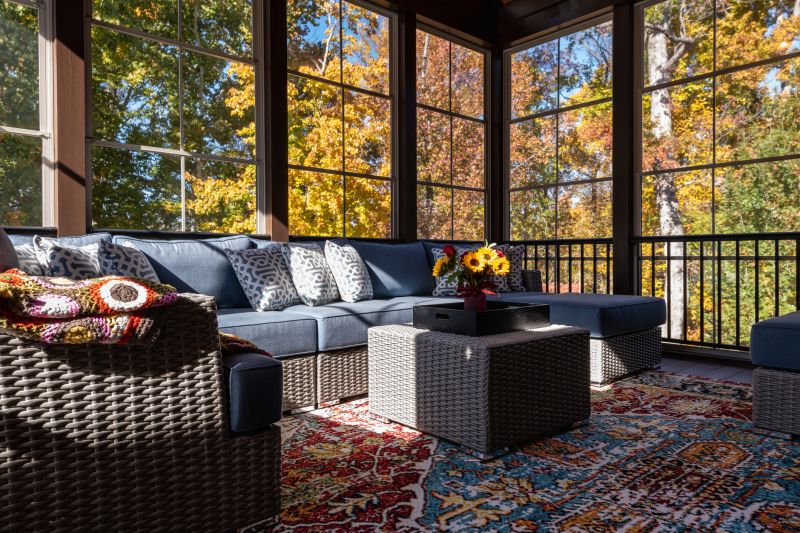
A completed sunroom with autumn foliage in the background, showcasing optimal installation timing.
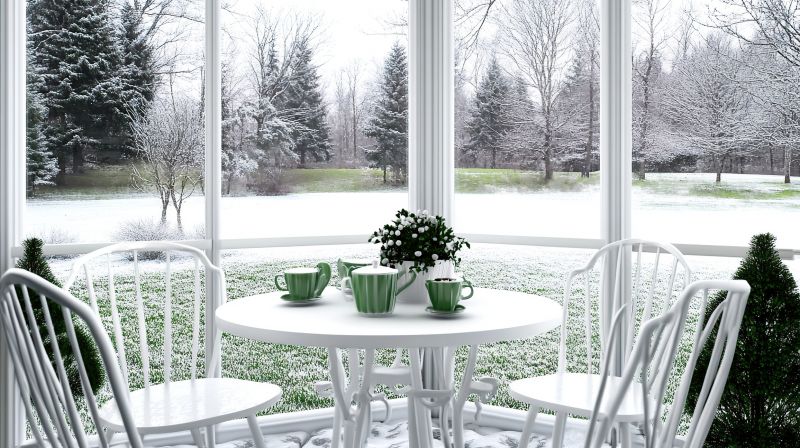
A partially built sunroom in winter conditions, illustrating potential weather-related challenges.
| Season | Ideal Conditions |
|---|---|
| Spring | Moderate temperatures, longer daylight hours, less rain |
| Summer | Long days, potential heat, higher humidity |
| Fall | Cooler weather, minimal rain, stable conditions |
| Winter | Cold temperatures, snow, possible delays |
Sunroom installations are influenced by seasonal weather patterns and temperature fluctuations. Proper timing can minimize delays and ensure quality craftsmanship. Typically, spring and fall are considered the most favorable seasons due to moderate weather conditions, while summer and winter may require additional planning to address weather-related challenges.
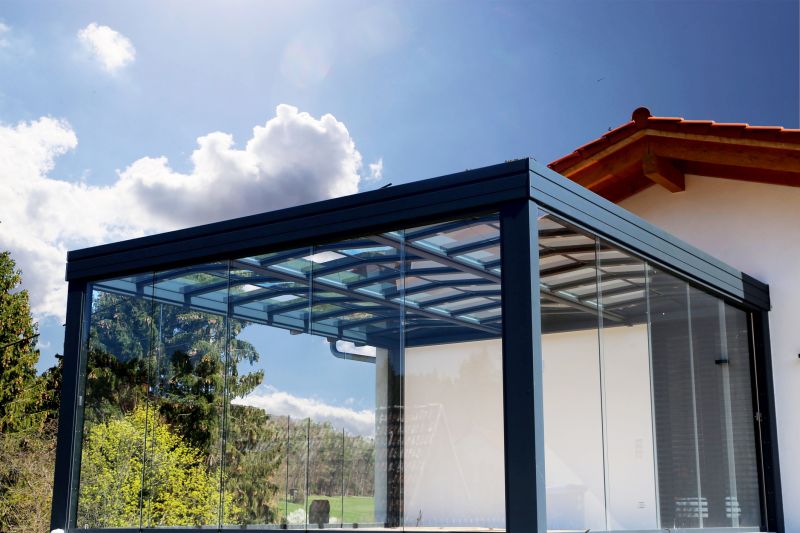
A sunroom frame being assembled during spring with clear skies.

Interior view of a sunroom during summer with bright sunlight.
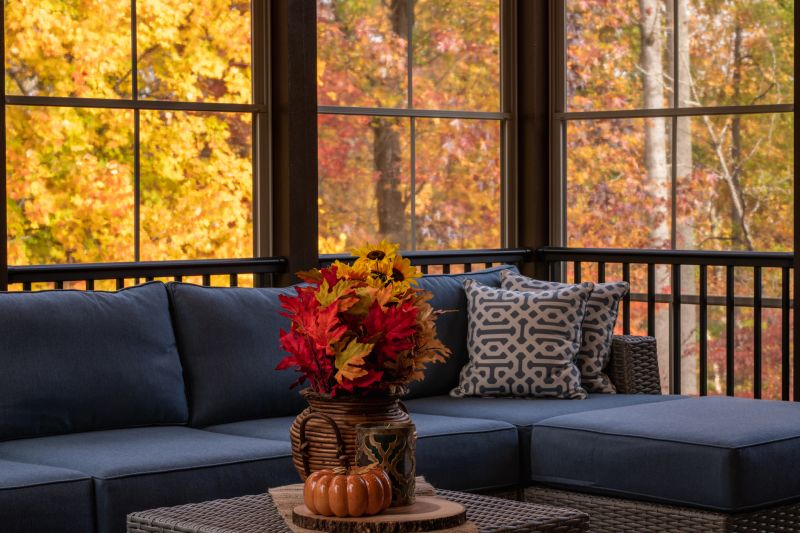
Finished sunroom with fall foliage visible through the windows.
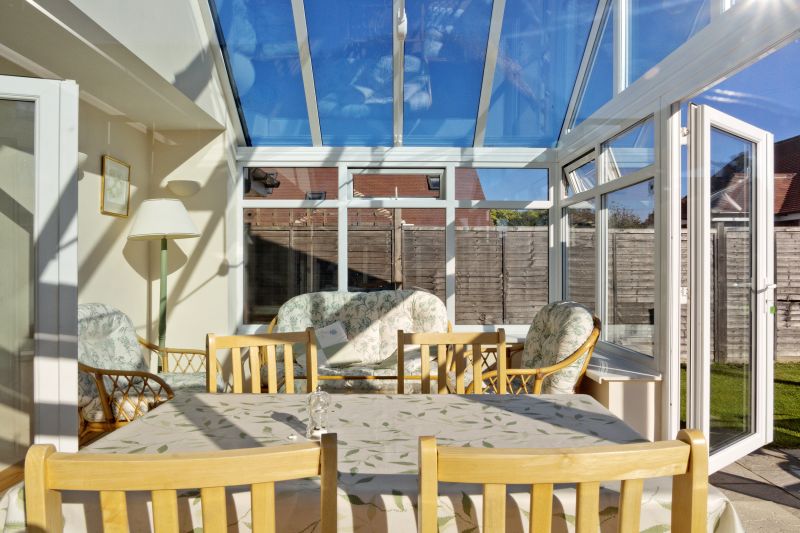
Sunroom construction activity amidst winter conditions.
Weather conditions, material curing times, and project scheduling impact the best time for installation.
Scheduling during optimal seasons can reduce delays, lower costs, and improve quality.
Adjusting project timelines based on seasonal weather patterns ensures smoother installation processes.
Late spring and early fall often see higher demand for sunroom installations, affecting scheduling.
Interested in scheduling a sunroom installation? Filling out the contact form provides an opportunity to discuss timing options and project details with local experts in Lakewood, OH.


